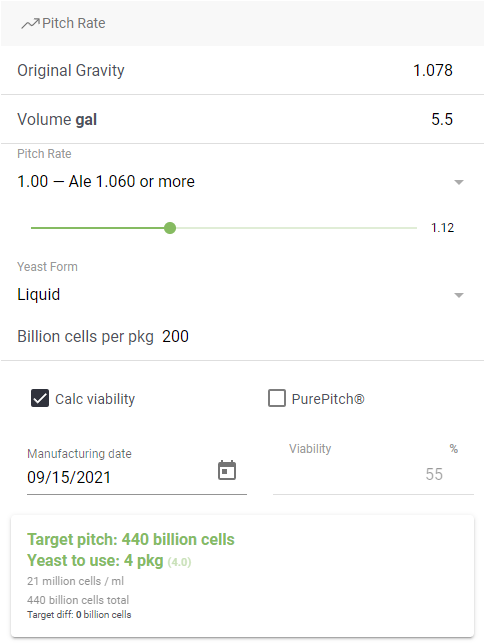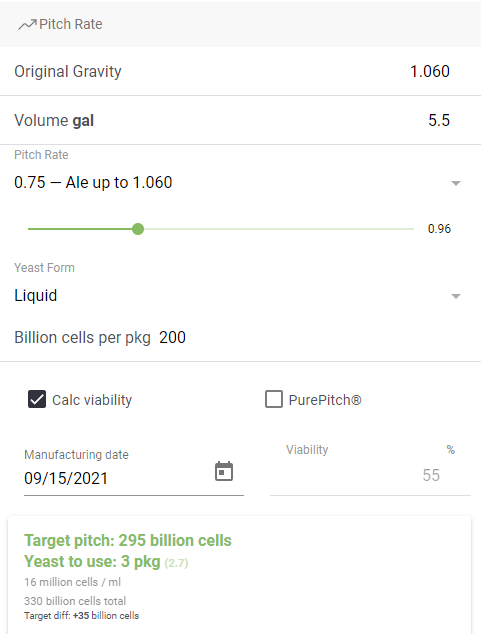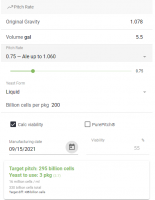Teufelhunde
Well-Known Member
- Joined
- Jan 4, 2020
- Messages
- 520
- Reaction score
- 479
Got a box from NB today containing my first liquid yeast, have always used dry prior to this. I know it has to be refrigerated, but at what temps? My wife makes cheese and has a mini-fridge that she maintains at 52 degrees F. I figure that is likely cold enough, but wanted to check with those more knowledgeable than myself. Is it safe to keep in there, or do I need it in my 36ish main fridge?
TIA for the answers...
Lon
TIA for the answers...
Lon




































![Craft A Brew - Safale S-04 Dry Yeast - Fermentis - English Ale Dry Yeast - For English and American Ales and Hard Apple Ciders - Ingredients for Home Brewing - Beer Making Supplies - [1 Pack]](https://m.media-amazon.com/images/I/41fVGNh6JfL._SL500_.jpg)
























